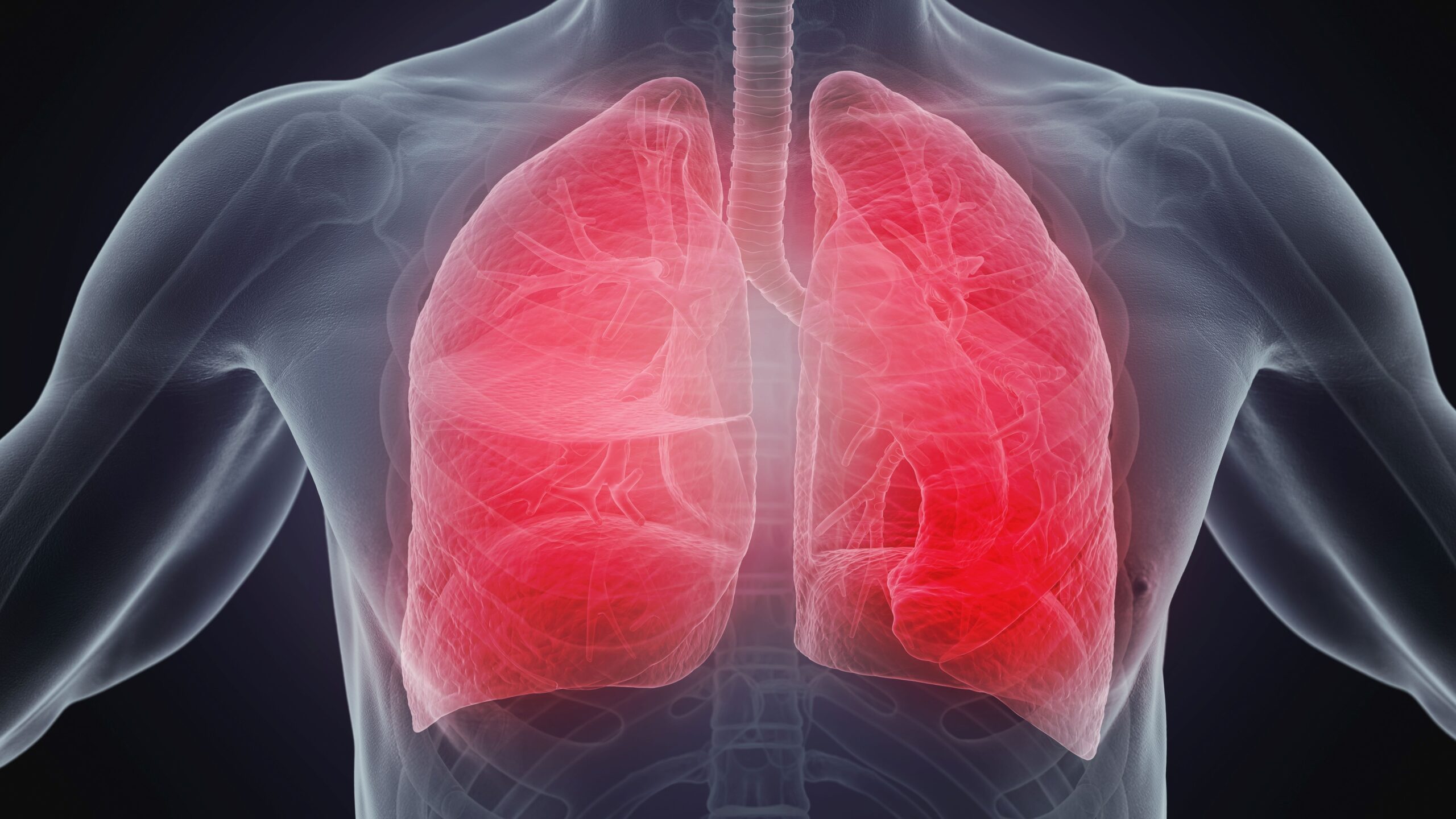Five years ago, OSHA clamped down on jobsite silica levels. The fate of millions depends on how well that’s working.
First of three parts.
—
Tiny Villain
The jagged particles released during ballast-dumping and other industrial processes are much smaller than sand. But they’re a big problem to solve.
It’s no page-turner.
On the contrary, the OSHA document that in 2016 spelled out new standards for Respirable Crystalline Silica, tightening federal limits on that kind of dust in an effort to protect railroad workers and other laborers at risk of inhaling it, is bureaucratic and bloodless. “Silica inspections shall no longer be coded under the OIS field by using the Additional Code ‘N-02 SILICA,’” reads a typical passage in Federal Register Document Number 2016-04800.
But the story of the ongoing hazardous work conditions that drove OSHA to issue that dry document is gripping, a compelling human tale about real people, lives in the balance, and fate on a dust mote. The villain of this story is 100 times smaller than a grain of sand. But although the respirable airborne particles shed by granite or limestone railroad track ballast and certain other rock or rock-hard surfaces when cut or scraped are miniscule, their effect on anyone who inhales them can be huge. Silica, crystalline particles sent airborne by some industrial processes—can cause incurable or terminal diseases such as silicosis, chronic obstructive pulmonary disease, or cancer. Silicosis alone kills 100 American workers each year and takes about 1,500 years off the collective life expectancy of Americans every year, according to the Centers for Disease Control. And silica’s effect on human health doesn’t stop at the lungs; the dust is known to cause kidney and liver disease, too.
Contaminated worker clothing has been identified as a significant source of exposure to respirable dust, according to OSHA. If this respirable dust contains silica, it may cause the worker to develop silicosis, an irreversible lung disease. Dusty work clothes can increase a worker’s exposure to respirable dust, according to silica-safe.org.
Respirable dust is usually considered to be particles having an aerodynamic diameter of 10 microns or less and able to enter and deposit in the gas-exchange region of the human lung. A former U.S. Bureau of Mines report documented a 10-fold increase in worker dust exposure on a number of separate occasions from dusty work clothes.
OSHA’s updated rules changes had as their goal saving up to 700 lives and reducing new silicosis cases by 1,600 each year. But does merely lowering the limit on silica dust allowed at a job site solve the problem? Yes. No. We’ll see. The five years gone by since OSHA updated its silica standards aren’t nearly enough time to gauge the new rules’ effectiveness; the diseases silica can cause often take decades to manifest themselves. “The data isn’t really available yet to be able to judge if there has been a change in the rates of silicosis,” Doran & Murphy partner Colleen Blinkoff says.
Breathing easier
Though experts predict jobsite conditions will improve as a result of OSHA’s rules-tightening—“Lowered action levels mean more workers are protected, which is always a good thing,” Blinkoff says—the bottom line is that until more railroads take steps not merely to mitigate silica but to eradicate it by wetting track ballast, working conditions never will be ideal. Since OSHA clamped down on silica levels at worksites with new compliance standards, federal safety regulators have stepped up enforcement of the regulations at construction sites across the country. According to a recent analysis by Bloomberg BNA. OSHA issued 116 silica violations in the first six months of the new code enforcement, with the highest single fine amounting to $9,239–about $3,000 shy of the maximum allowable fine of $12,934.
But some worker safety advocates and labor groups have praised OSHA’s new rule, with one union saying it’s been asking for one for 20 years. The AFL-CIO issued a press release in which federation President Richard Trumka called the standards “the most significant OSHA standards issued in decades.” And in a statement, Jessica Martinez, acting executive director of the National Council for Occupational Safety and Health, said “workers across America can breathe easier today.”
“The major impact of OSHA’s new rule is not the change in the permissible exposure limit,” Mark Ellis, president of the Industrial Minerals Association, said in a press release. “It is that it will for the first time require employers to regularly monitor the level of silica exposure in their workplaces and the health of their employees to ensure companies are doing what is necessary to protect workers. That is long overdue.”
Blinkoff too sees the new standards as a good thing. But she adds: “As for whether more is needed, yes. These permissible levels still come with risk – just because a level isn’t illegal doesn’t mean it is safe.
“The only way to eliminate it is to bring the level down to zero or provide the proper protections and controls that the exposures are zero even if the levels produced are above zero.”
—————
Next week:
Part two of Lives in the Balance: “Know Your Enemy”





